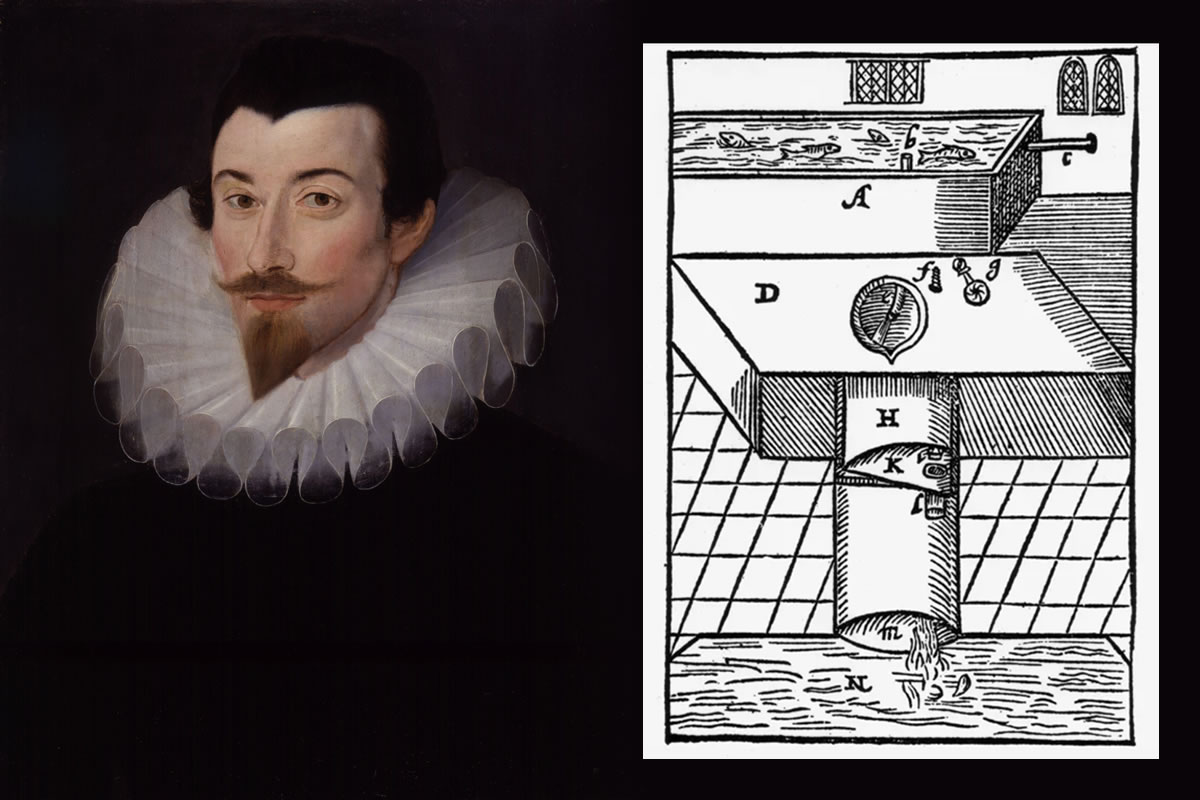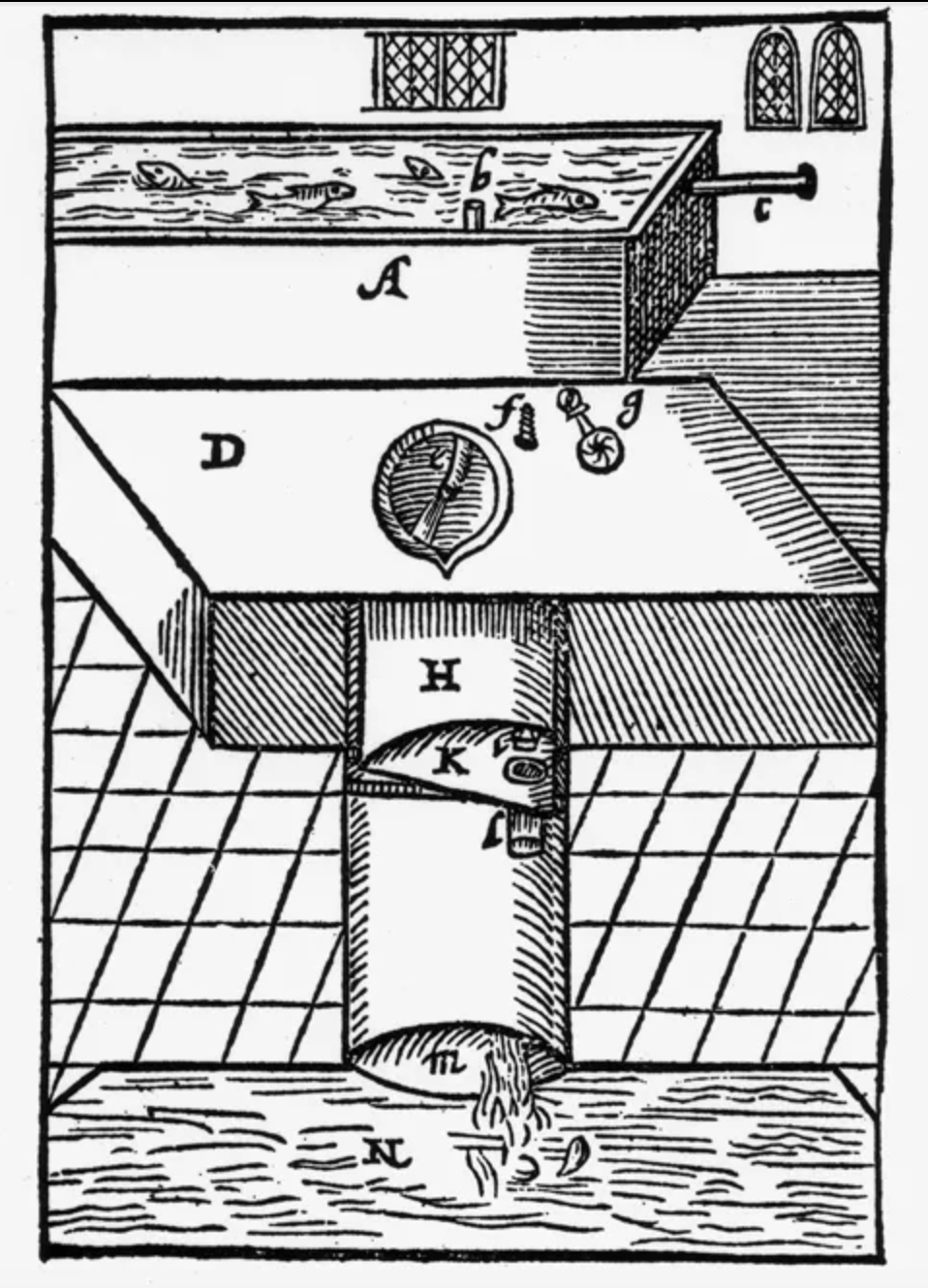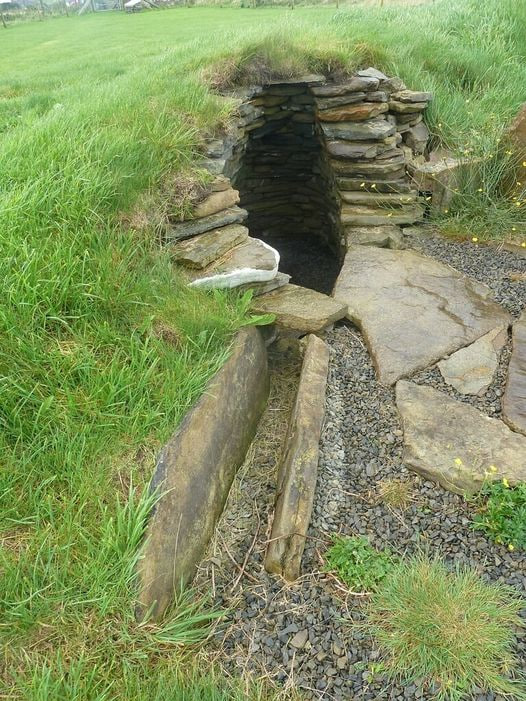Flush Toilet Invention, Sir John Harrington, Medieval Sanitation, Evolution of Toilets
Step into the annals of history and journey back to 1596, where an ingenious invention by Sir John Harrington revolutionized the way humans disposed of waste—the flush toilet. Installed for his godmother, Queen Elizabeth I, this early prototype of modern sanitation featured a water tank and a flush valve, paving the way for the convenience and hygiene we often take for granted today. Yet, despite its groundbreaking design, the flush toilet would remain a luxury reserved for the elite for centuries, while the masses continued to rely on rudimentary methods of waste disposal, such as communal outhouses and chamber pots.

The Birth of Modern Sanitation
Sir John Harrington's flush toilet marked a significant milestone in the evolution of sanitation, offering a more hygienic and convenient alternative to medieval methods of waste disposal. By introducing the concept of flushing waste with water, Harrington's invention represented a leap forward in public health and cleanliness, reducing the spread of disease and improving overall sanitation standards.

A Royal Privilege
Initially installed for Queen Elizabeth I, Harrington's flush toilet was a luxury afforded only to the wealthy and privileged elite. While the queen enjoyed the comfort and convenience of indoor plumbing, the majority of medieval Europeans were relegated to using primitive facilities such as communal outhouses or chamber pots, which offered little in terms of privacy or hygiene.
The Long Road to Popularization
Despite its early success, the flush toilet would not become widely adopted for another 250 years. Various factors, including technological limitations, societal attitudes towards cleanliness, and the high cost of installation, contributed to its slow uptake. It wasn't until the 19th century, with advancements in plumbing and sanitation infrastructure, that the flush toilet began to gain widespread popularity and become a standard feature in households around the world.

The Privilege of Wealth
For those born into considerable wealth and privilege, such as nobility or aristocracy, the garderobe offered a more sophisticated alternative to communal facilities. Derived from the French word for "wardrobe," the garderobe was a private chamber equipped with a toilet, often located within the confines of a castle or manor house. While still rudimentary by modern standards, the garderobe provided a degree of comfort and privacy not afforded to the common folk.
Conclusion
The journey from the humble privy to the porcelain throne is a testament to human ingenuity and perseverance in the quest for improved sanitation and hygiene. Sir John Harrington's flush toilet may have been a novelty in its time, but its legacy lives on in the modern bathrooms of today. As we reflect on the evolution of sanitation practices throughout history, we are reminded of the importance of innovation and progress in safeguarding public health and improving quality of life for all.










